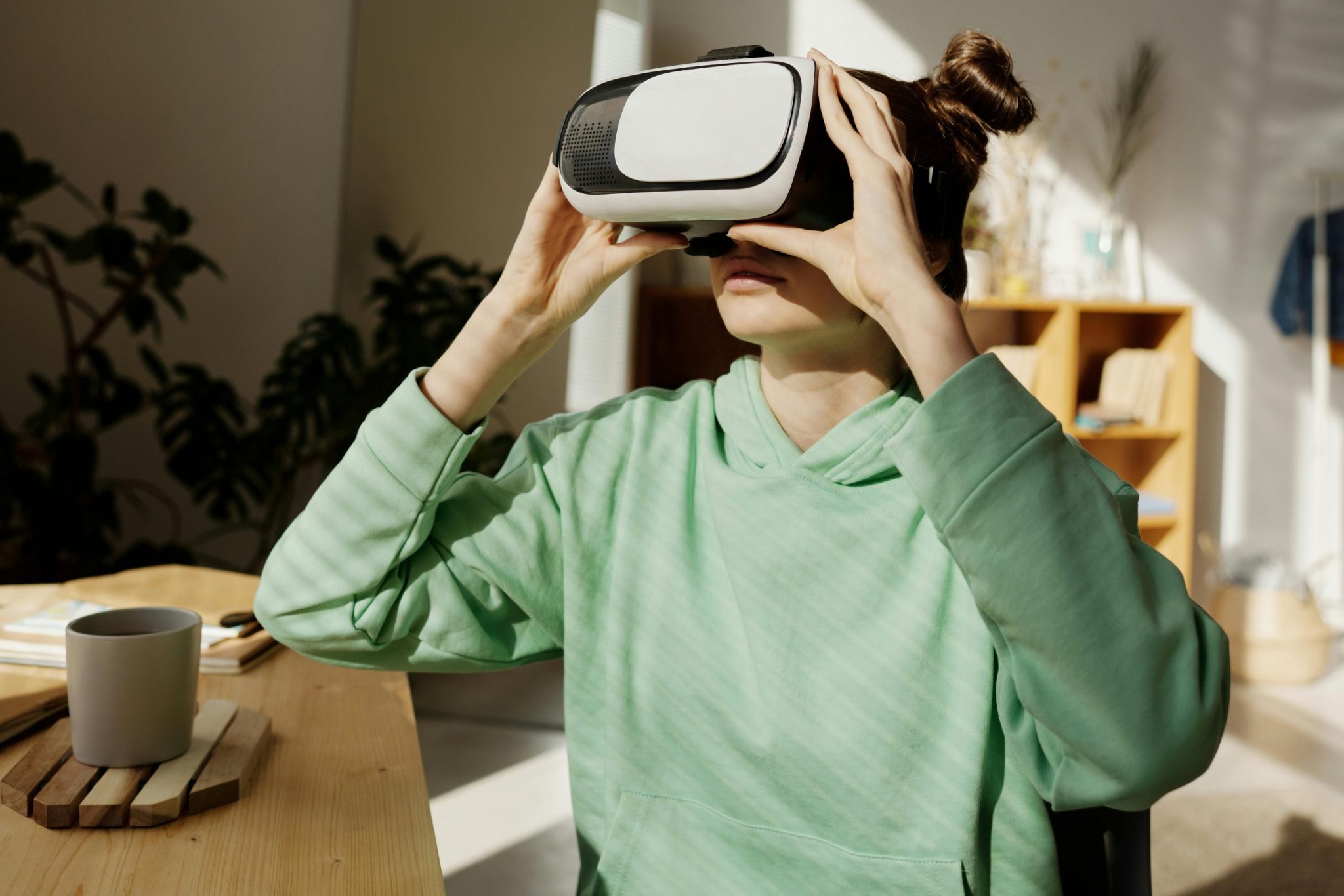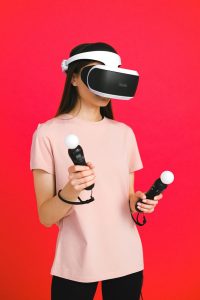As brands continue to explore innovative ways to capture consumer attention, Augmented Reality Print is emerging as a powerful tool in print advertising. By seamlessly merging traditional media with digital interactivity, augmented reality (AR) transforms static print ads into engaging, immersive experiences. While the creative possibilities are vast, marketing professionals must assess whether the investment in AR print advertising translates into measurable business outcomes.
This blog delves into the key performance indicators (KPIs), tracking methods, and best practices for evaluating the ROI of Augmented Reality Print campaigns. By understanding the tangible benefits and measuring effectiveness accurately, brands can make data-driven decisions to optimize their AR-enhanced print advertising efforts.
Understanding ROI in Augmented Reality Print Advertising
For marketers, return on investment (ROI) is a fundamental measure of a campaign’s success. Augmented Reality Print offers unique engagement opportunities, but determining its effectiveness requires a blend of traditional and digital analytics.
Key Factors in AR Print ROI Evaluation:
User Engagement Metrics: How many people interact with the AR component of the print ad?
Conversion Rates: Do AR-enhanced ads lead to website visits, purchases, or sign-ups?
Brand Recall: Does AR print advertising improve consumer memory and perception of the brand?
Cost Efficiency: How does the cost of an AR print campaign compare to other forms of advertising with similar engagement levels?
By establishing clear goals and tracking relevant data, brands can effectively evaluate their AR print campaigns’ performance.
Key Performance Indicators (KPIs) for AR Print Advertising
Marketers must define measurable KPIs to gauge the success of Augmented Reality Print campaigns. Below are some essential metrics to track:
1. Engagement Rate
Measures the percentage of users who scan or interact with the AR content.
High engagement indicates that consumers find the AR experience compelling.
Tools: AR platforms provide analytics dashboards to track interactions.
2. Dwell Time
Tracks how long users spend engaging with the AR experience.
Longer dwell times suggest deeper consumer interest and potential purchase intent.
3. Conversion Rate
Assesses how many users take a desired action after engaging with AR print material.
Actions may include visiting a website, downloading an app, or making a purchase.
Integration with Google Analytics or UTM tracking links can measure conversion.
4. Social Sharing & Virality
Analyzes how often users share their AR experience on social media.
Encouraging social sharing extends the reach of the print campaign beyond its initial audience.
5. Brand Recall & Perception
Surveys and focus groups can help measure whether consumers remember the brand after interacting with the AR print ad.
Comparing AR print campaigns with traditional print ads can reveal effectiveness.
Tracking Methods for AR Print Campaigns
To measure the impact of Augmented Reality Print, marketers should implement robust tracking mechanisms. Here are some effective methods:
1. QR Codes and Custom URLs
Embedding unique QR codes in print ads allows brands to track how many users engage with AR content.
Custom URLs help measure web traffic originating from AR-enhanced print ads.
2. AR Analytics Dashboards
Many AR platforms, such as Zappar, Blippar, and Adobe Aero, offer analytics that track interactions, dwell time, and user activity.
3. Coupon Codes & Exclusive Offers
Providing discount codes exclusive to AR print ads helps measure direct conversions.
Comparing AR campaign redemptions with standard print ad redemptions provides insight into effectiveness.
4. Heat Mapping and Eye-Tracking Studies
Conducting eye-tracking research helps analyze how users engage with print ads before activating AR features.
Heat mapping tools can provide insights into which design elements draw the most attention.
Best Practices for Maximizing ROI in AR Print Campaigns
To ensure successful Augmented Reality Print campaigns, marketers should adhere to the following best practices:
1. Define Clear Objectives
Establish campaign goals (brand awareness, lead generation, product promotion) before launching AR-enhanced print ads.
2. Ensure Seamless User Experience
AR interactions should be intuitive and quick to load.
Avoid technical issues that might discourage users from engaging with the content.
3. Promote AR Features Effectively
Educate consumers on how to interact with AR print ads by providing clear instructions.
Use call-to-action prompts like “Scan to explore” or “Unlock exclusive content.”
4. Align AR with Brand Storytelling
AR should enhance the print ad’s message rather than being a gimmick.
Interactive elements should reinforce brand identity and consumer connection.
5. Test & Optimize Continuously
Run A/B tests with different AR content formats to determine which resonates best.
Gather user feedback and refine campaigns based on engagement metrics.








